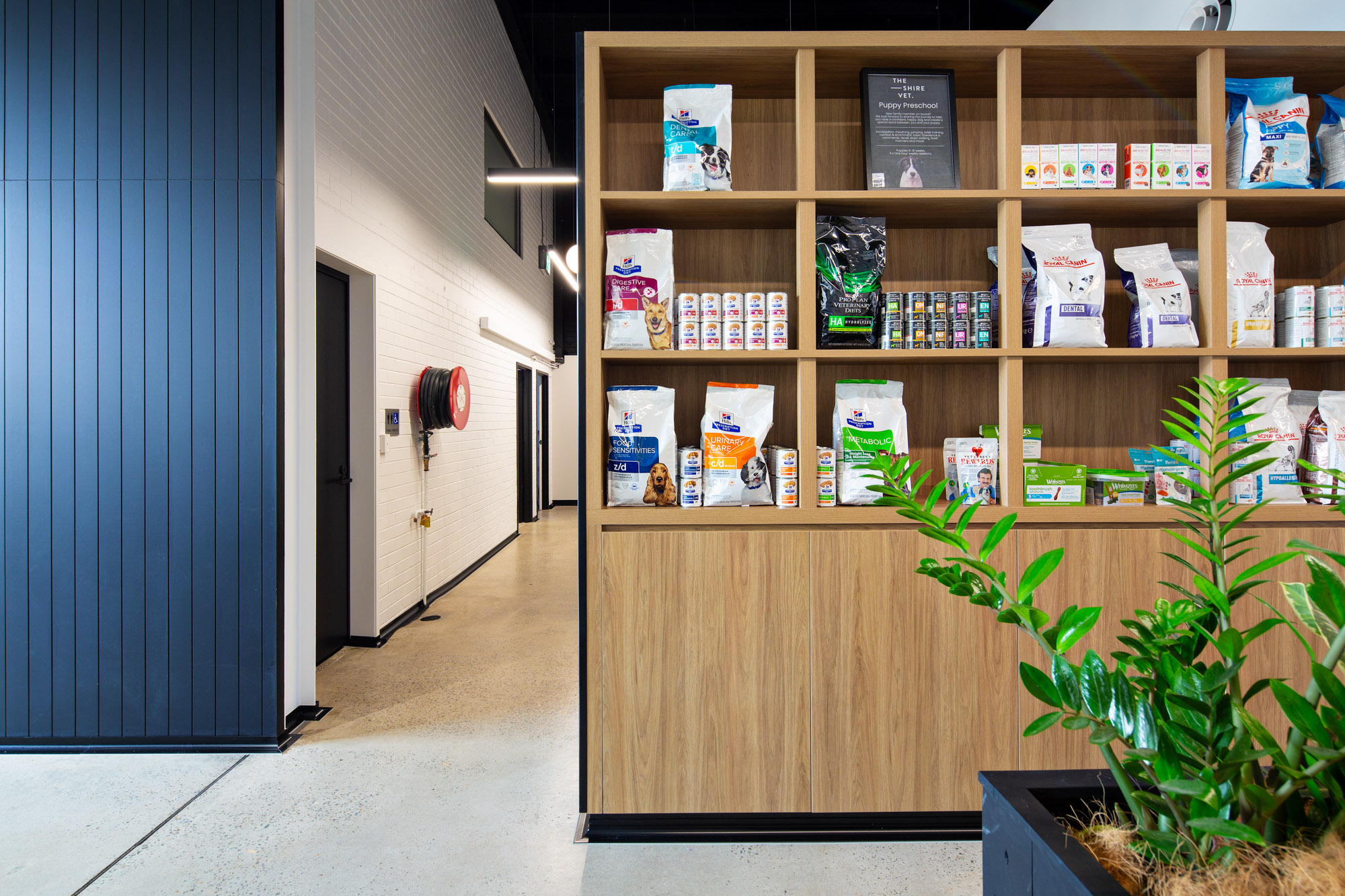
Clients want their animals and pets to feel well and be fear free. They expect your practice to be well-equipped. They hope you do your job well. They want their animals and pets to be well-cared for.
Your staff would like to be paid well. They hope to feel well. They want to perform well.
Given the power of ‘well’ and the focus on Fear Free methods, your veterinary practice may be interested in the WELL Building Standard™ (current version WELL v2™). The Standard was developed by practitioners, public health professionals and building scientists around the world. The WELL concepts are:
Previous articles from Evoke Projects covered the first seven concepts (visit our website if you missed out!). Now, we look at how Thermal Comfort, Sound and Materials affect wellness in your veterinary practice.
Thermal comfort is probably the most contentious of the WELL concepts. One person’s sauna is another person’s igloo. Veterinary practices are a little protected from personal preference because infection control and recommended temperatures for storage and equipment take precedence.
However, administration and reception areas will appreciate consideration of personal preferences. Due to subjectivity, WELL indicates that aiming for an acceptable thermal environment for at least 80% of occupants is probably as much as you can do!
In most cases, a high quality HVAC system will already be providing optimum thermal comfort. For example, WELL’s Humidity Control can be achieved with a mechanical system that maintains relative humidity between 30% and 60% at all times.
A ducted air conditioning system with zones, smart Wi-Fi sensors, timers and geofencing / energy saving capability will save money when the practice is empty.
Animals are particularly sensitive to noise. Noise will have a big impact on your attempts to create a Fear Free veterinary practice. Noise travels through walls, above walls and through walls. Acoustic panels and sound masking are the best weapons.
The most important actions under the Standard are:
Sound Mapping to identify sources of noise and look for solutions. Label acoustic zones according to whether they are intended to be loud, quiet, mixed, circulation zones or areas with no significant sound. Make a plan for reprogramming or mitigating sound transmission between loud zones that border quiet zones.
Outline acoustical solutions and a timeline for implementation with a focus on managing acoustical comfort, background noise, speech privacy, reverberation time and/or impact noise.
Make sound comfort even better with these WELL actions:
The WELL Materials concept aims to reduce exposure, whether direct or through environmental contamination, to chemicals that may impact health during the construction, remodelling, furnishing and operation of buildings.
There are three preconditions within the WELL Standard:
WELL also has optimisations under the Standard, which will further improve well-being. For example:
By optimising thermal comfort, sound and materials usage, you are looking after the safety, health and well-being of staff, clients and animals.
While health and wellness are important, a well place also makes good business sense. Healthy staff have reduced absenteeism, a better attitude and motivation. Well staff provide better customer service. A veterinary practice that makes patients feel well encourages loyalty. All these factors impact your bottom line and long-term business health.
Well Places™ is trademarked by Evoke Projects.
An experienced veterinary fit-out company will help you create a Fear Free practice. Please call Evoke Projects on 1300 720 692 for more information.